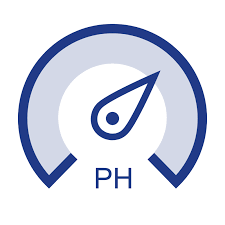
What is water ph level?
People need water in order to function as they go about their daily lives. Water keeps the body’s systems in good shape. Without it, human beings will get sick and die if they do not have enough water in their bodies. Each day, people drink water, use it for cooking and bathing and cleaning.
Over time, scientists have discovered many important qualities that pertain to water. Understanding such qualities enables people to better understand the world around them. It also helps people use water better knowing why it is such a useful and vitally important substance. One of the most important qualities that all water has is what is known as the water’s innate ph level. The ph level is one of the essential ways that scientists can measure certain properties of water.
Acid and Base
The water’s ph is essentially a measure of how much free hydrogen and the amount of hydroxyl ions the water contains. The goal is to determine how acidic it is. Acidity is measured on a scale of zero to fourteen. The middle of the scale is seven in which a substance is considered neutral or balanced between the two. Water that is below a seven is more acidity while water that is above that scale is more base. Water becomes more acidic when it has more free hydrogen ions. Water that is base has more hydroxyl ions in the sample. PH can be affected by the presence of certain chemicals in the water. Scientists find this measure a useful indication that something is happening to the water chemically. Each number on the ph scale is five times greater than the previous number. Thus, water with a ph of nine is five times more base than water with a ph of eight.
The Solubility of Water
Determining the ph of the water indicates the amount of material that can dissolved in any sample of water. It also indicates how efficiently the water can support all forms of aquatic life. This makes an important indicator that scientists use when studying all bodies of natural water. Water that is too acidic may contain many dissolved metals that make it hard for fish, plants and marine mammals to life in the water. The ph of saltwater typically lies between a seven and an eight. This makes an ideal medium to support many varied types of creatures as well as helping to absorb certain chemicals. Extremes at both ends of the scale can be very dangerous. Water with a high ph typically tastes very bitter and may not be able to support much life if any. It can also lead to rusty pipes. The same is true at the opposite end of the scale. Low ph water can actually dissolve certain metals. An ideal balance between the two enables life to flourish and remain safe. Scientists measure using an electronic meter. People can get a rough estimate at home with the use of litmus paper.
